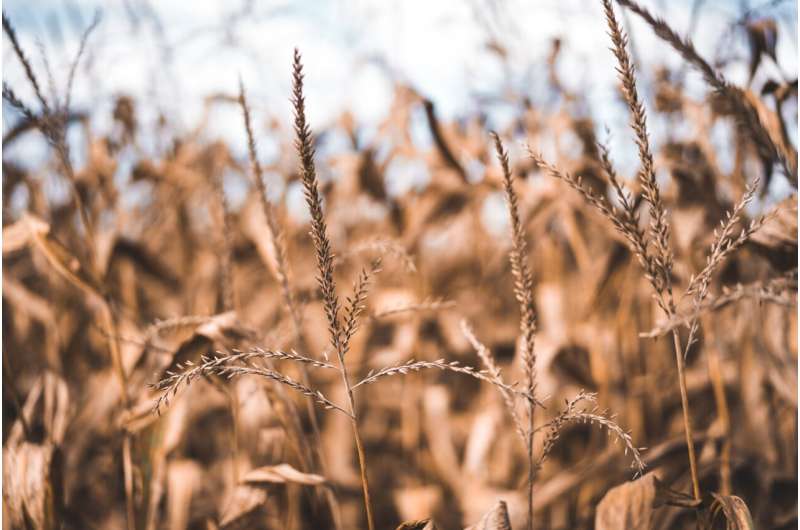This article has been reviewed according to Science X's editorial process and policies. Editors have highlighted the following attributes while ensuring the content's credibility:
fact-checked
peer-reviewed publication
trusted source
proofread
How AI can be used in Sub-Saharan agriculture: Expert discusses open access publishing and the climate crisis

Catherine Nakalembe, Assistant Professor at the University of Maryland, has recently published a paper about the use of artificial intelligence (AI) in agriculture in Sub-Saharan Africa in Environmental Research Letters.
This interview is part of a series featuring researchers who have published their work open access through a transformative agreement with IOP Publishing, and part of our celebration of the White House Office of Science and Technology Policy's Year of Open Science. Transformative agreements enable researchers to publish their work openly for anyone to read at no cost to them because the costs of publishing are paid directly by their university, in this case the University of Maryland.
Can you tell us about your latest findings and how your work will help address the climate crisis?
The work on AI and Earth Observations (AI-EO) for agriculture in Sub-Saharan Africa has the potential to help address the climate crisis in several ways. By providing accurate and timely information on crop yields, crop type, and land use, AI-EO technology can support the design and adoption of climate-smart agricultural practices that can help mitigate climate change. For example, AI-EO can help farmers identify areas at risk of drought or other extreme weather events and take proactive measures to protect their crops. Additionally, AI-EO can help policymakers to make informed decisions on food security and trade that can have significant environmental implications.
By promoting more sustainable agricultural practices and improving access to climate-smart technologies, AI-EO can reduce the environmental costs of agriculture in Sub-Saharan Africa and contribute to global efforts to address the climate crisis.
What was the most challenging element of your study?
One of the most challenging aspects of this study was striking the right balance between being concise and conveying critical points effectively. As an opinion article, we had to ensure that our arguments were compelling and well-supported while also being mindful of our word count. This required us to carefully consider every word and sentence and make difficult choices about what to include and leave out.
Additionally, because we were writing about a complex and nuanced topic, we had to ensure that our arguments were clear and accessible to many readers. Achieving this balance took a lot of time and effort but ensuring that our article was impactful and influential in addressing the climate crisis was crucial.
The research was published open access, what made you decide to do that?
Open access has the highest potential for impact and ultimately, reaching a broader community was the intended audience for the paper.
More information: Catherine Nakalembe et al, Considerations for AI-EO for agriculture in Sub-Saharan Africa, Environmental Research Letters (2023). DOI: 10.1088/1748-9326/acc476
Journal information: Environmental Research Letters
Provided by IOP Publishing





















